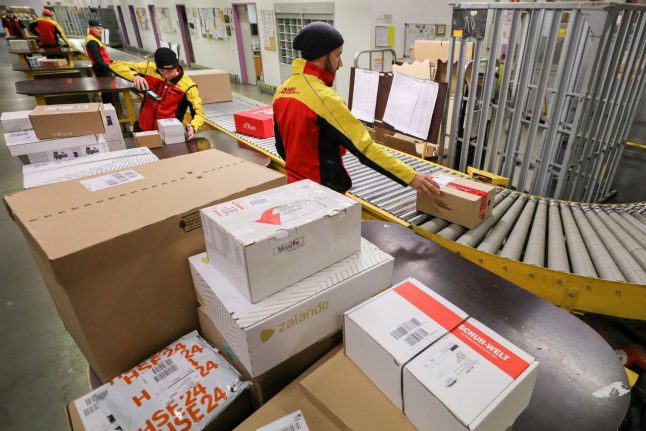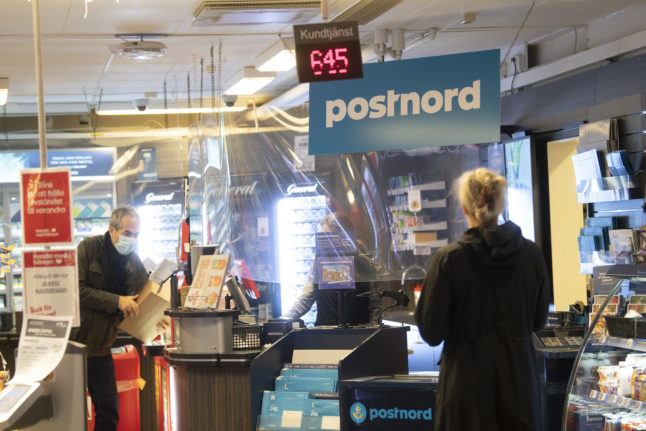As The Local reported, on January 1st customers in Germany using package delivery firm DHL had to pay an average of three percent more to send parcels.
However, to avoid what the company has dubbed a “lengthy legal dispute” with the Federal Network Agency (Bundesnetzagentur or BNetzA), and to provide “clarity” to customers about parcel and package charges, DHL is to reverse the price hikes.
The new changes will come into force from May 1st.
So what does it mean? Well, a medium-sized parcel weighing up to two kilos currently costs €4.79 in a DHL branch for domestic shipping.
From May it will return to the price it was in December 2019 – €4.50. And the cost of shipping a 10-kilo parcel will go back down by a euro to €9.49.
The company said the price increase was due to there being more staff and extra transport costs. The last time the company raised its package and parcel prices was in 2017.
READ ALSO: Why you'll pay more to send parcels in Germany
'Excessive'
DHL said it had already informed the Federal Network Agency in autumn last year about the planned price increases and explained why it was taking the action.
However, the Federal Network Agency believes the new costs are excessive.
On January 28th the authority launched a review of the charges.The agency believes that the price adjustments that came into force in the new year will lead to significantly higher revenues than DHL had estimated.
DHL said it didn't believe this to be the case, but will reverse the price hikes in view of an “otherwise expected lengthy legal dispute with an uncertain outcome”.
The firm said the price increase reversal is only possible from May 1st due to the adjustments needed to IT systems and customer information at more than 24,000 delivery points.
Until then the current prices will remain in force. From May the branch and online prices for private customers will then apply again, as they were up until December 31st 2019.
Vocabulary
To reverse – rückgängig machen
Package and parcel prices – (die) Päckchen- und Paketpreise
Excessive – überhöht
Legal dispute – (der) Rechtsstreit
Price increases – (die) Preiserhöhungen
We're aiming to help our readers improve their German by translating vocabulary from some of our news stories. Did you find this article useful? Let us know.



 Please whitelist us to continue reading.
Please whitelist us to continue reading.
Member comments